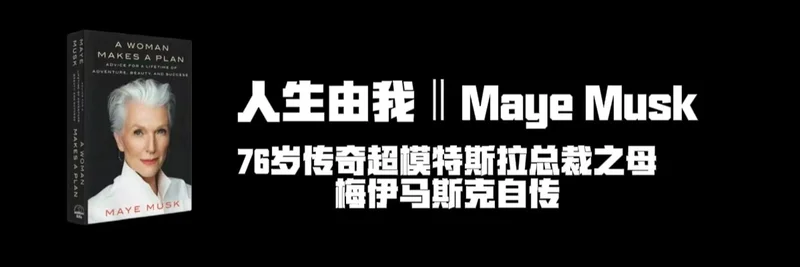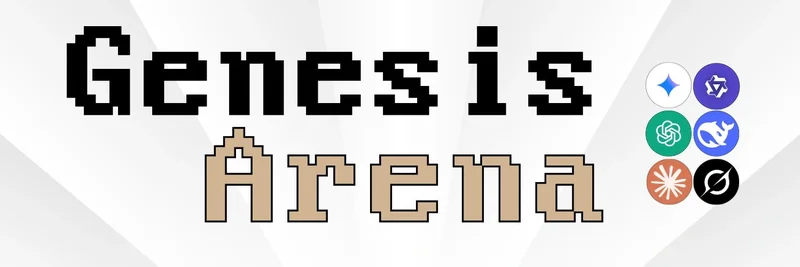In a recent thread on X, Castle Labs shared an insightful article titled "Scaling Onchain Culture with Base and Zora," highlighting the explosive growth and innovative strategies in the Layer 2 (L2) ecosystem. As someone who's been deep in the crypto world, from editing at CoinDesk to now curating meme token knowledge at Meme Insider, I see this as a pivotal moment where meme tokens evolve into something more structured and sustainable.
Let's break it down. Base, Coinbase's L2 solution built on Ethereum, has surged ahead in the crowded L2 race. With over $4.9 billion in total value locked (TVL), it's not just about DeFi or NFTs anymore—Base is pushing boundaries into SocialFi, where social interactions meet finance. The key? Focusing on "culture" to onboard millions of creators and communities into Web3.
One standout initiative is Base Onchain Summer, a campaign designed to blend creativity with blockchain. But the real game-changer is the Base app, rebranded from Coinbase's wallet in July 2025. This isn't your average crypto wallet; it's a superapp tailored for the creator economy. Features include seamless wallet management, social feeds, instant payments, mini-apps, and even AI assistance. By using smart wallets, it eliminates the hassle of seed phrases, making onboarding a breeze for newcomers.
Base's magic lies in its integrations with platforms like Zora and Farcaster. Zora, in particular, turns social content into tradable onchain assets, flipping the script on how creators monetize. Remember the pitfalls of Web2 platforms like TikTok or Instagram? They skim off 85-95% of the value, leaving creators with scraps. Base and Zora aim to fix that through tokenization.
Enter "Content Coins"—ERC-20 tokens minted on Zora, tied directly to media like images, text, or videos. Each coin has a fixed supply of 1 billion tokens, with 10 million reserved for the creator. Creators earn from a 0.5% trading fee, a 1% share of their own coin, and weekly rewards distributed via USDC. In late July 2025, over 2,900 accounts snagged $10K in rewards. This model elevates content beyond mere memecoins, giving it intrinsic value based on the creator's output.
From a meme token perspective, Content Coins share similarities with viral memecoins but with a twist—they're backed by actual content, reducing pure speculation. Apps like Clanker for memecoin launches and Noice for tipping further fuel this ecosystem. The integration has been a hit: Zora's daily unique creators spiked after the Base app launch, and on August 4, 2025, Zora minted 51,575 tokens, outpacing Solana's 4,173.
Of course, it's not all smooth sailing. Speculation risks loom large, with some critics calling Content Coins glorified memecoins. Transaction volumes dipped from $550M to $77M in early August 2025, raising questions about sustainability. Transparency issues, user experience glitches like slow posting, and even oddities like a porn site topping coin creations have sparked debates.
Looking ahead, opportunities abound. Deeper ties with Farcaster, a Coins SDK for developers, and a mobile-first global push could solidify Base's position. At Meme Insider, we're watching closely—will Content Coins redefine meme tokens as legitimate creator tools, or will they fizzle out in the next hype cycle?
This thread from Castle Labs is a must-read for anyone in the meme token space. It underscores how blockchain is evolving from tech-heavy to culture-driven, empowering practitioners with new ways to create, monetize, and engage.
If you're building in memes or SocialFi, check out our knowledge base at meme-insider.com for more on similar
- No primary headings should appear in the main text to avoid duplicate h1 tags.
innovations. What's your take—game-changer or fleeting trend?




